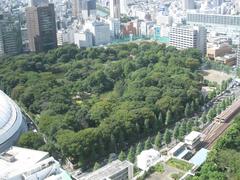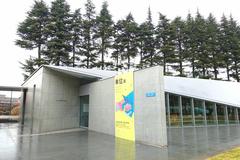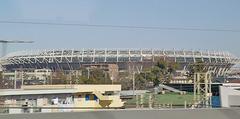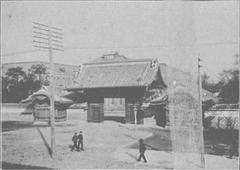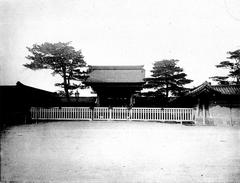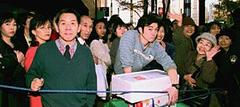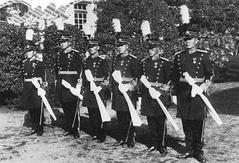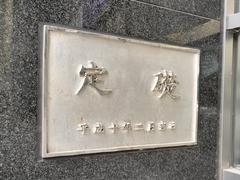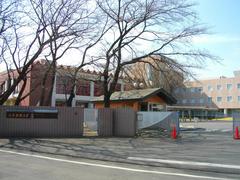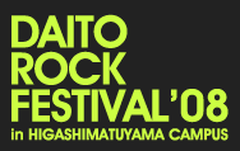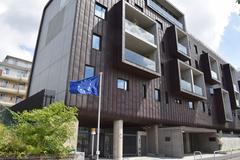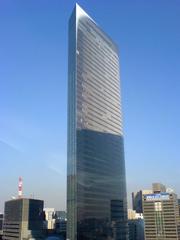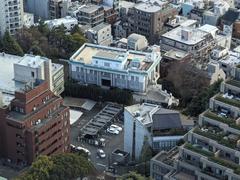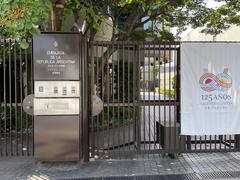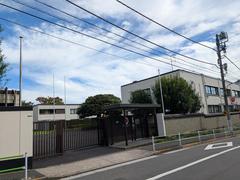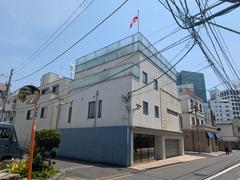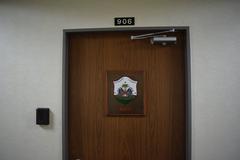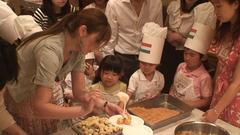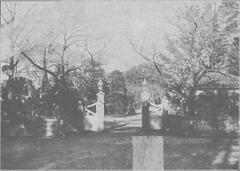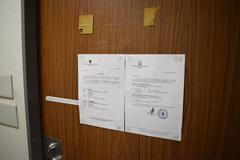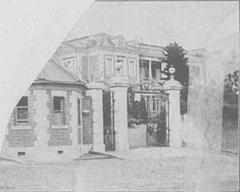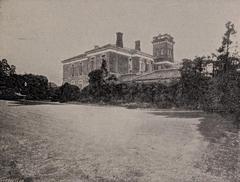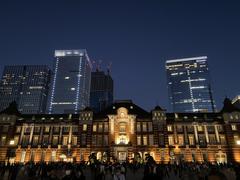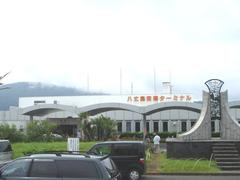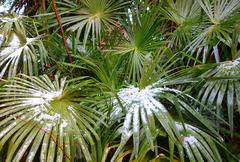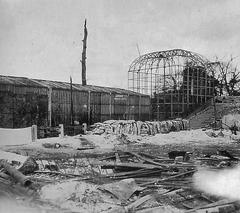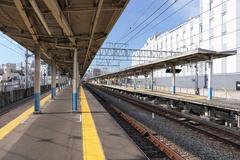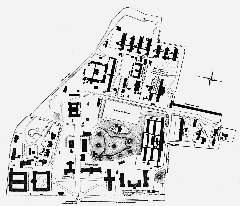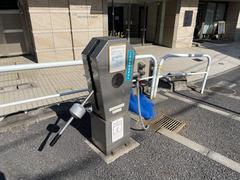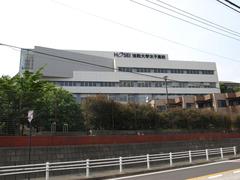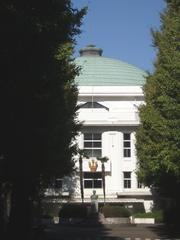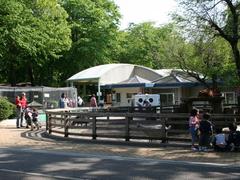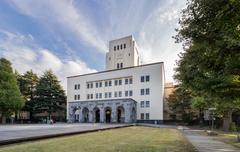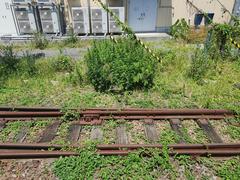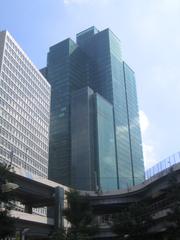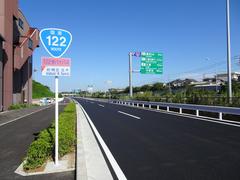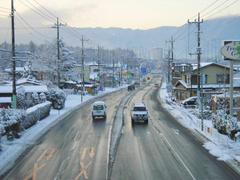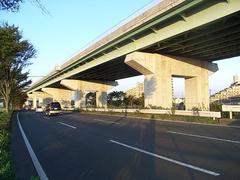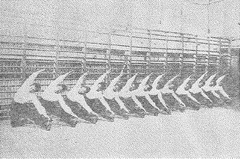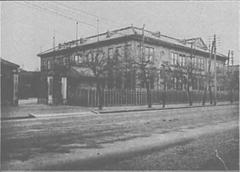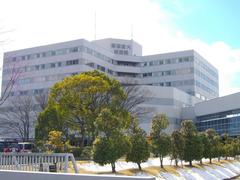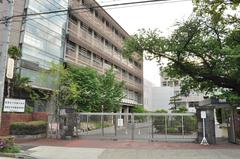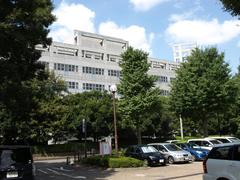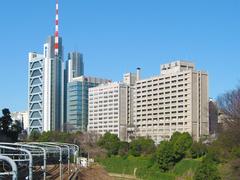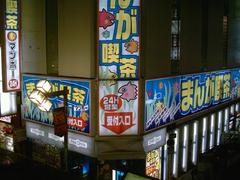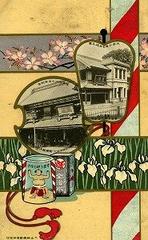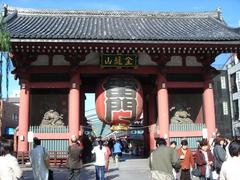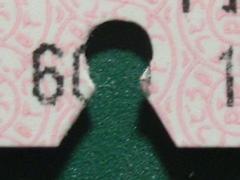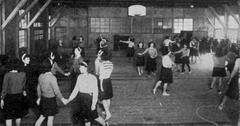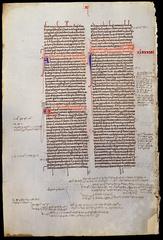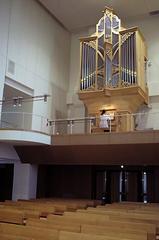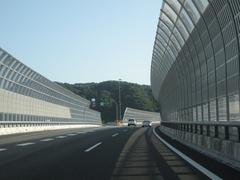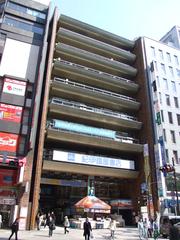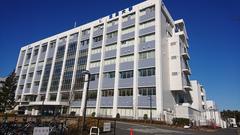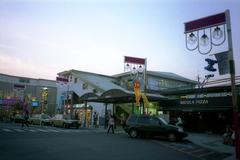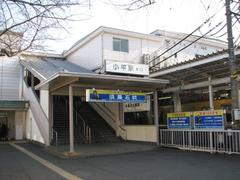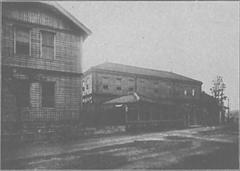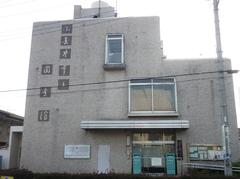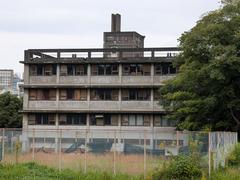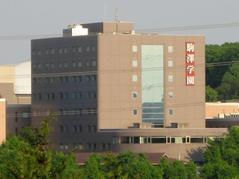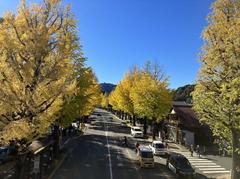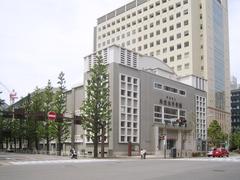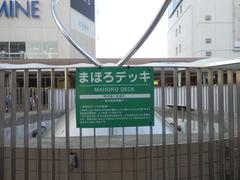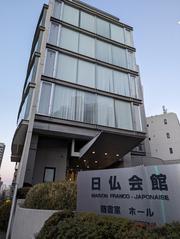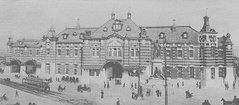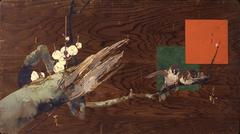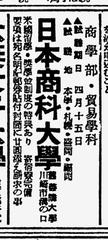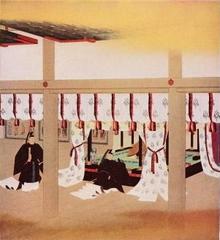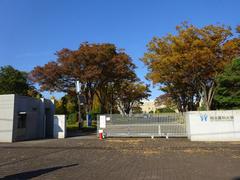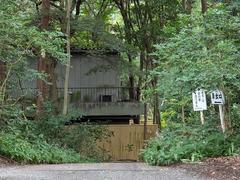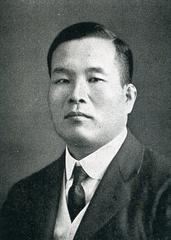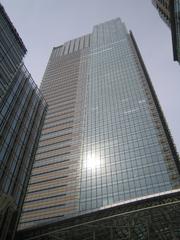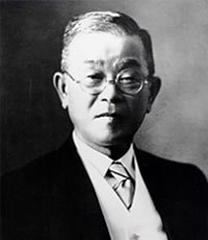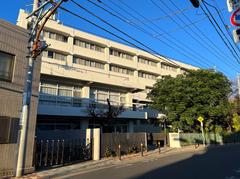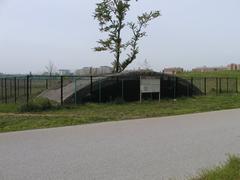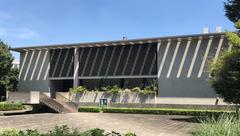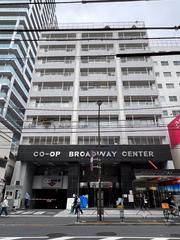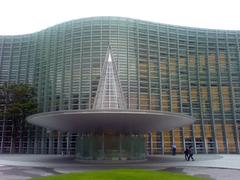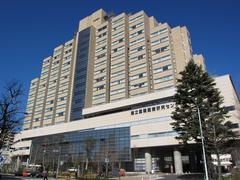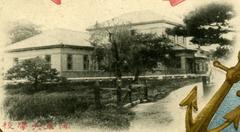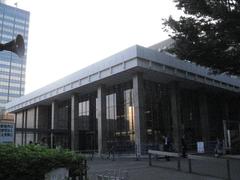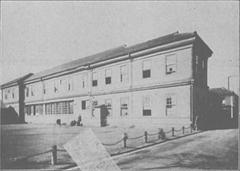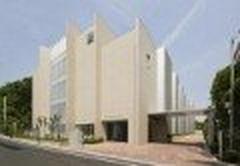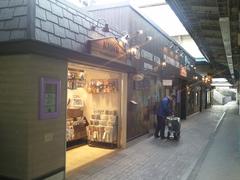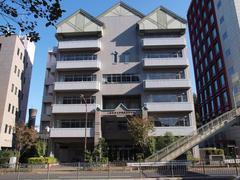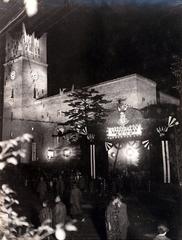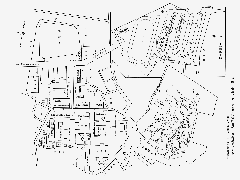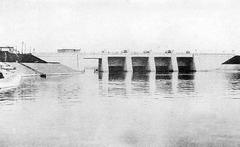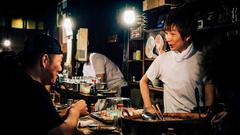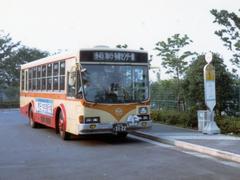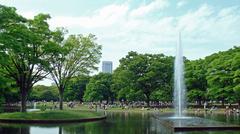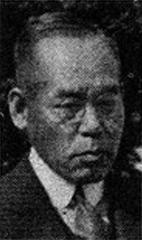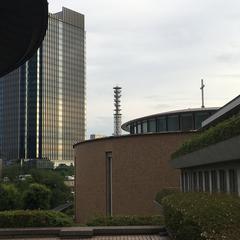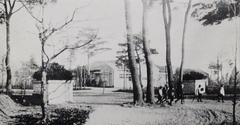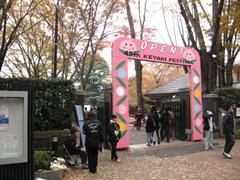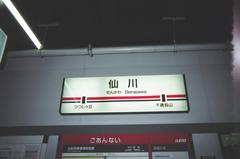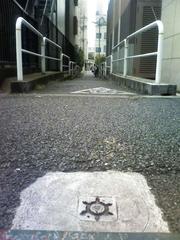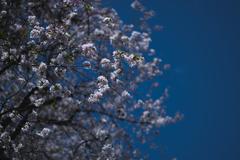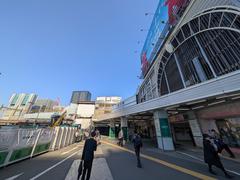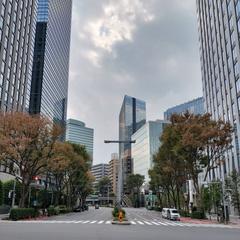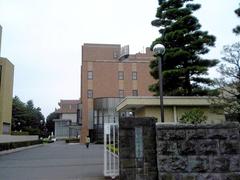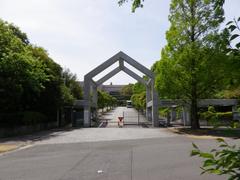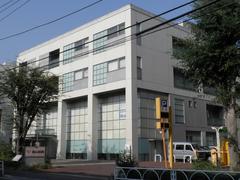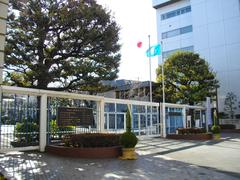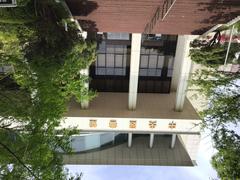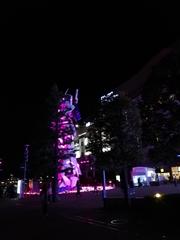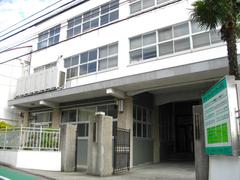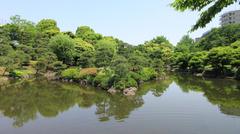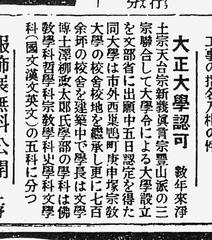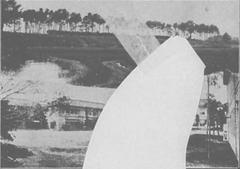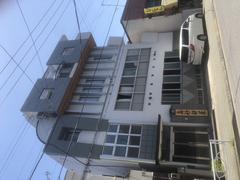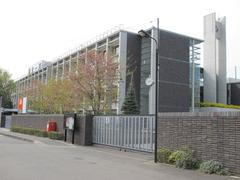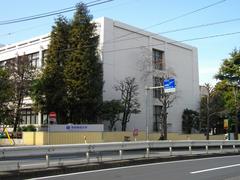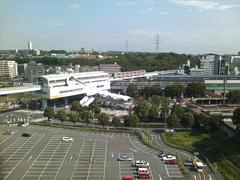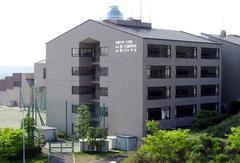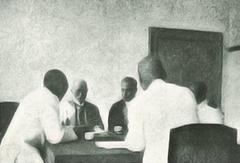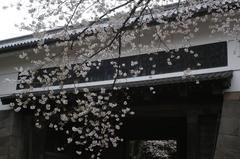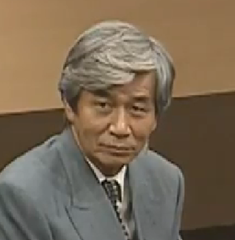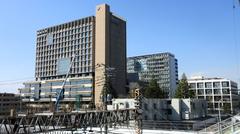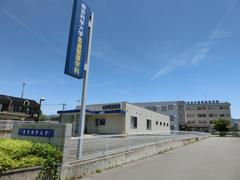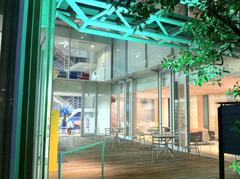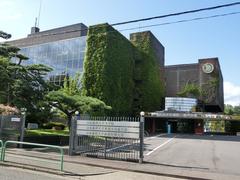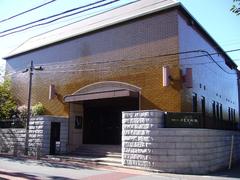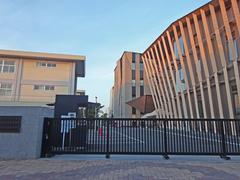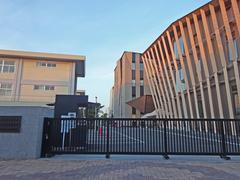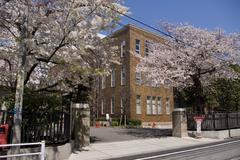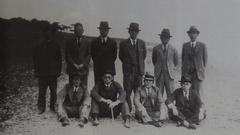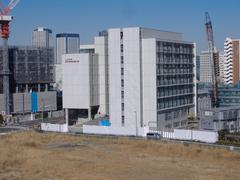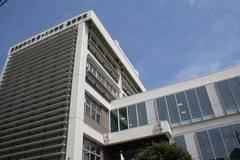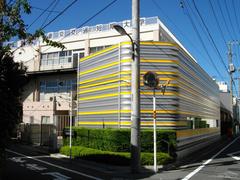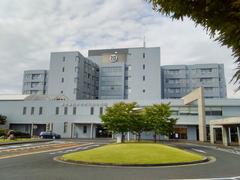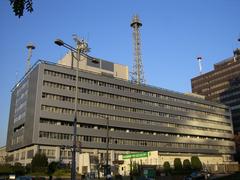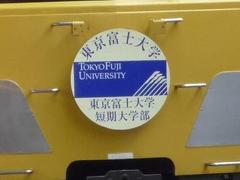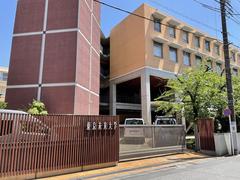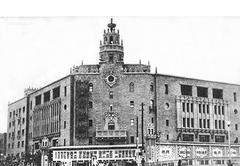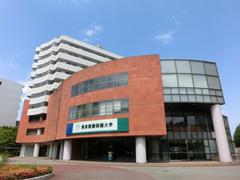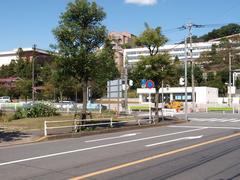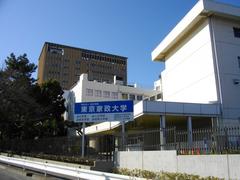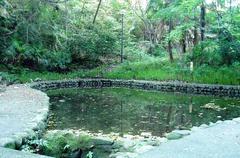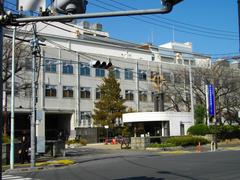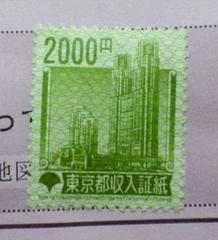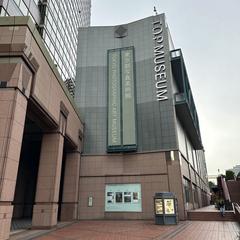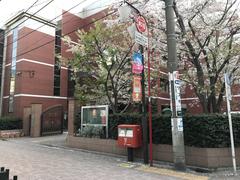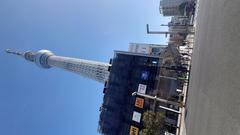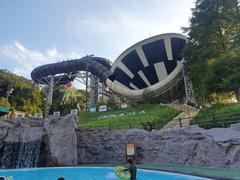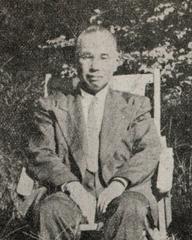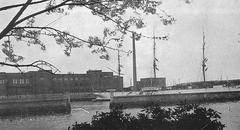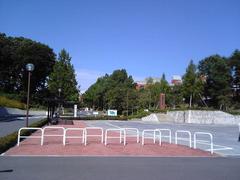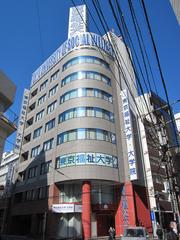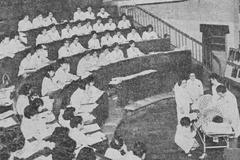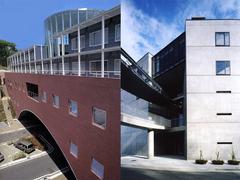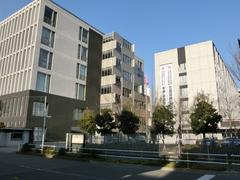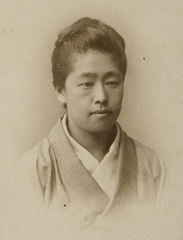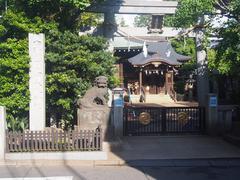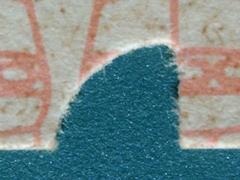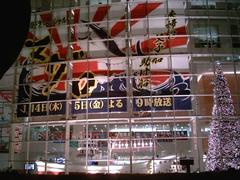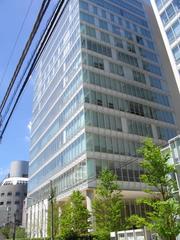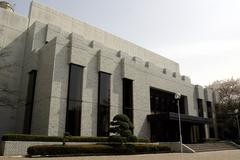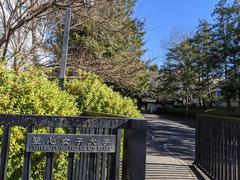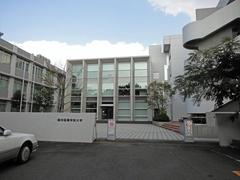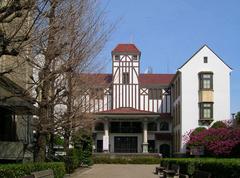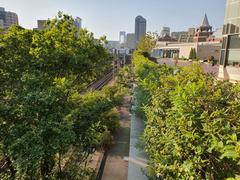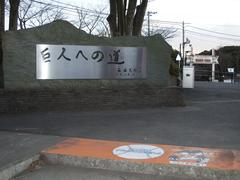
Koishikawa Korakuen Garden: Visiting Hours, Tickets, and Historical Significance
Date: 18/07/2024
Introduction
Koishikawa Kōrakuen Garden, a historic gem nestled in the heart of Tokyo, offers a tranquil retreat from the bustling metropolis. Established during the early Edo period by Yorifusa Tokugawa, the founder of the Mito branch of the Tokugawa family, this garden beautifully blends Japanese and Chinese landscaping traditions. Over the centuries, it has evolved into a cultural treasure, reflecting the intellectual and artistic pursuits of its creators and patrons (source). Visitors today can explore its meticulously maintained landscapes, which include picturesque bridges, serene ponds, and traditional structures, all providing a serene escape and a glimpse into Japan’s rich history and cultural heritage. Whether you’re a history enthusiast, nature lover, or simply seeking a peaceful retreat, Koishikawa Kōrakuen Garden promises a memorable and enriching experience.
Table of Contents
- Introduction
- History and Significance
- Visiting Hours and Tickets
- Travel Tips and Nearby Attractions
- Special Events and Guided Tours
- Photo Opportunities
- Conclusion
- FAQ
History and Significance
Early Development (1629-1635)
The garden’s origins trace back to 1629, during the early years of the Edo period. It was commissioned by Yorifusa Tokugawa (1603-1661), the founder of the Mito branch of the ruling Tokugawa shogunate. Yorifusa, known for his intellectual pursuits and patronage of the arts, envisioned a garden that would reflect his refined tastes and serve as a place of contemplation and recreation.
The Name “Kōrakuen”
The garden’s name, “Kōrakuen,” reflects Yorifusa’s Confucian values. It derives from the Chinese phrase “kōraku-en,” meaning “a garden to be enjoyed later.” This name alludes to a passage from the ancient Chinese text, the “Guanzhi,” which states, “A benevolent ruler enriches the people and enjoys the benefits afterward; a capable ruler first endures hardship and achieves success afterward.” By naming his garden Kōrakuen, Yorifusa expressed his belief in leading by example and reaping the rewards of hard work and dedication.
Expansion and Refinement (Late 17th Century)
Following Yorifusa’s death in 1661, his successors continued to develop and refine Kōrakuen. His third son and successor, Mitsukuni Tokugawa (1628-1701), played a particularly significant role in expanding the garden. Mitsukuni, like his father, was a renowned scholar and patron of the arts. He commissioned the construction of several new features, including a pond, bridges, and a teahouse.
Edo Period Significance
Throughout the Edo period (1603-1868), Kōrakuen served as a symbol of the Tokugawa shogunate’s power and prestige. The garden’s meticulously crafted landscapes, inspired by famous scenes from Chinese and Japanese literature, showcased the shogunate’s wealth and cultural sophistication. Beyond its aesthetic appeal, Kōrakuen also played a practical role during the Edo period. The garden’s ponds and waterways were designed to help regulate water flow in the surrounding area, while its strategically placed hills and mounds provided a vantage point for surveying the city.
Meiji Restoration and Beyond (Late 19th Century - Present)
The Meiji Restoration of 1868 marked the end of the Edo period and the beginning of a new era for Japan. The Tokugawa shogunate was overthrown, and the country underwent a period of rapid modernization and Westernization. Despite these dramatic changes, Kōrakuen survived largely intact. In 1875, it was designated as a public park, opening its doors to people from all walks of life. This decision ensured that the garden’s beauty and historical significance would continue to be enjoyed by future generations.
Kōrakuen Today - A Cultural Treasure
Today, Koishikawa Kōrakuen stands as a cherished cultural treasure, attracting visitors from around the globe. Its meticulously maintained landscapes, dotted with picturesque bridges, serene ponds, and traditional structures, offer a tranquil escape from the bustling metropolis. The garden’s historical significance, rooted in the Edo period and the legacy of the Tokugawa shogunate, adds another layer of depth to the visitor experience. As you stroll through its winding paths, you’re walking through time, tracing the footsteps of shoguns, scholars, and artists who once found solace and inspiration within its walls.
Visiting Hours and Tickets
Koishikawa Kōrakuen Garden is open to the public year-round. The visiting hours are from 9:00 AM to 5:00 PM, with the last entry at 4:30 PM. Please note that the garden may be closed on certain holidays or during special events.
Ticket Information
- Adults: ¥300
- Seniors (65 and older): ¥150
- Children (under 12): Free
- Group discounts are available for parties of 20 or more.
Tickets can be purchased at the entrance or online through the official website.
Travel Tips and Nearby Attractions
Koishikawa Kōrakuen Garden is easily accessible by public transportation. The nearest stations are Iidabashi Station and Korakuen Station. From there, it’s a short walk to the garden entrance.
Nearby attractions include Tokyo Dome City, the Baseball Hall of Fame and Museum, and the Bunkyo Civic Center, which offers panoramic views of Tokyo.
Special Events and Guided Tours
The garden hosts several special events throughout the year, including seasonal flower festivals and traditional tea ceremonies. Guided tours are also available for those interested in a deeper understanding of the garden’s history and design.
Photo Opportunities
Koishikawa Kōrakuen Garden offers numerous picturesque spots perfect for photography. Don’t miss the Engetsu-kyo Bridge and the Oigawa River, which provide stunning backdrops for your photos.
Conclusion
Koishikawa Kōrakuen Garden is a historical gem in Tokyo, offering visitors a unique blend of natural beauty and cultural heritage. With its rich history, stunning landscapes, and convenient location, it’s a must-visit destination for anyone exploring Tokyo’s historical sites. Plan your visit today and immerse yourself in the serene beauty of Koishikawa Kōrakuen Garden.
FAQ
What are the visiting hours for Koishikawa Kōrakuen Garden?
The garden is open from 9:00 AM to 5:00 PM, with the last entry at 4:30 PM.
How much are the tickets?
- Adults: ¥300
- Seniors (65 and older): ¥150
- Children (under 12): Free
Are there guided tours available?
Yes, guided tours are available and can be booked through the official website.
What are some nearby attractions?
Nearby attractions include Tokyo Dome City, the Baseball Hall of Fame and Museum, and the Bunkyo Civic Center.
Is the garden accessible by public transportation?
Yes, the garden is easily accessible from Iidabashi Station and Korakuen Station.
References
- Koishikawa Kōrakuen Garden - Visiting Hours, Tickets, and Historical Insights, 2024, Author (source)
